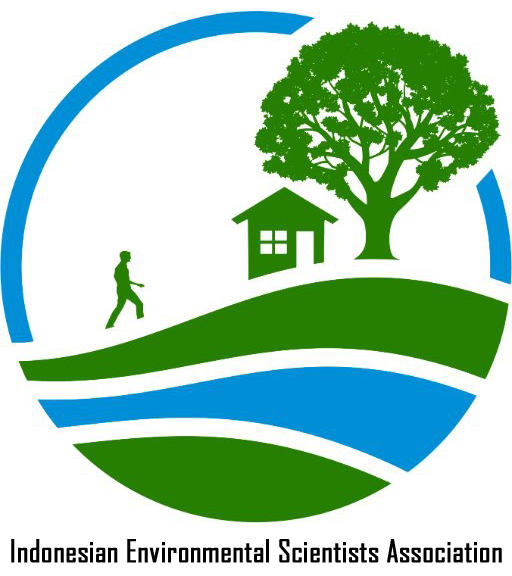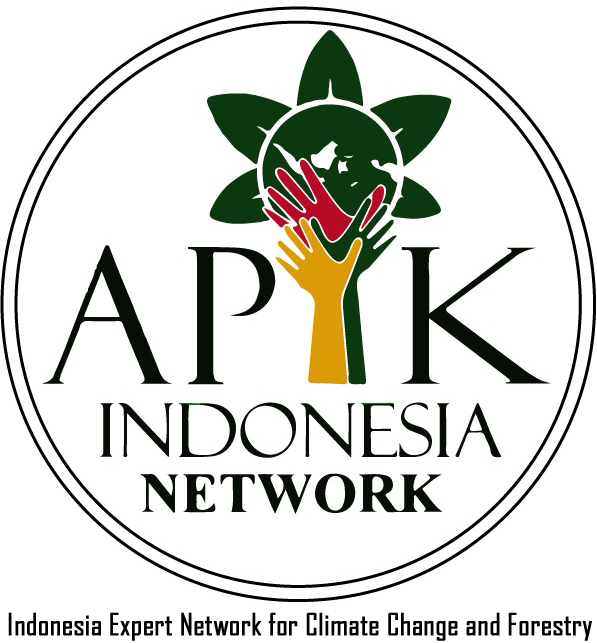Green House Gas Emission Inventory and Energy Use Of TPS3R Flamboyan Using Waste Reduction Model (WARM) V.15
Abstract
Full Text:
PDFReferences
J. Buchdahl, R. Twigg, and L. Cresswell, Global Warming: Fact Sheet Series for Key Stages 2 and 3, Atmosphere, Climate and Environment Information Programme, Aric, Manchester: Metropolitan University, 2002
E. Teller, L. Wood, and R. Hyde, “Global Warming and Ice Ages: Prospects for Physics-Based Modulation of Global Change,” The 22nd International Seminar on Planetary Emergencies, August 20-23, Italy, 1997.
A. Susandi, Bencana Perubahan Iklim Global dan proyeksi Perubahan Iklim Indonesia, Kelompok Keahlian Sains Atmosfer, ITB, 2006.
T. leily, “Pengaruh Meningkatnya Konsentrasi Karbondioksida di Atmosfer Terhadap Metabolisme Tanaman”, vol 3 np 2 (1998)
Perserikatan bangsa bangsa Indonesia, “Penyebab Dan Dampak Perubahan Iklim”
WMO, WMO Greenhouse Gas Bulletin., no. 13, 2017.
J. G. J. Olivier, et al., Trends in Global CO2 Emissions: 2016 Report, PBL Netherlands Environmental Assessment Agency, Netherlands, 2016, p. 33.
H Yulipriyanto, Studi Jenis, Komposisi, dan Karakter Sampah di Lingkungan Kampus Universitas Negeri Yogyakarta serta Strategi Pengelolaannya.10.21831/jpms.v11i1.12341
M. A. Rajaeifar, et al..”Electricity generation and GHG emission reduction potentials through different municipal solid waste management technologies: A comparative” 2017
Review. “Renewable and Sustainable Energy Reviews”, Volume 79, pp. 414-439.
C. Trois . & R. Jagath,,. “Sustained Carbon Emissions Reductions through Zero Waste Strategies for South African Municipalities.” IntechOpen. 2010
DOI: http://dx.doi.org/10.33021/jenv.v8i2.3988
Copyright (c) 2023 Asrining Ghina Maulidia, Filson Maratur Sidjabat, Temmy Wikaningrum

This work is licensed under a Creative Commons Attribution-ShareAlike 4.0 International License.
Journal of Environmental Engineering and Waste Management Published by PresUniv Press, in collaboration with IESA and APIK Indonesia Network




